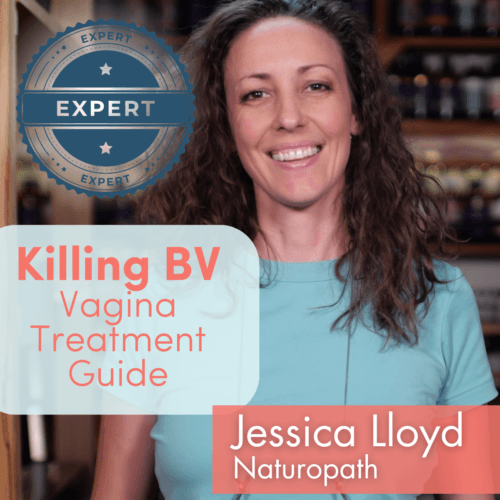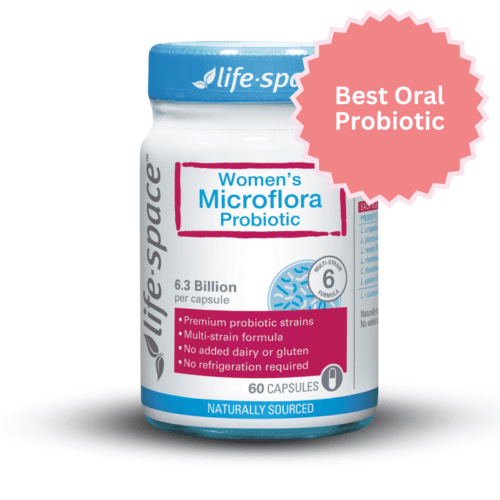Protecting your perineum can be hard during childbirth. There are a few things you can do to help keep it intact before, during, and after birth. Episiotomies are becoming more controversial as time goes by, with a recommendation now being to restrict use.
Trauma to the perineum during birth can include spontaneous tears, but also episiotomies. It pays to really grill your healthcare provider about their episiotomy history – how many? – and ask what they can do to help reduce the risk of trauma of either variety.
Lacerations sustained during birth spontaneously are far less painful and heal quicker than after an episiotomy, according to research. Minor cuts and tears can be encouraged to heal well with a vulva and vagina-friendly cuts cream.
Before giving birth
Prenatal perineal massage
This technique slowly and gently stretches the tissue between the vagina and perineum. Several studies have shown the usefulness of these massage techniques in preventing tears and episiotomies. Women in one study who were asked to perform 10 minutes of perineal massage every day from the 34-35th week of pregnancy until they delivered.
Overall, that was 24 per cent of women who had had a previous vaginal birth from the perineal massage group, and 15 per cent of those from the control group, who delivered with an intact perineum. There was a 9.2 per cent difference in the women who delivered with an intact perineum. That counts.
How to do perineal massage
Get a mirror so you can see (at least at first), and apply a hot compress to the area before you start. If you have had a previous scar in your perineum, remember that scar tissue isn’t as flexible as regular skin and it will need more work.
Then use one or two fingers inside the vagina three or four centimetres and apply and maintain pressure. Use downward pressure first for two minutes, then two minutes on either side of the vaginal entrance, using a vegetable oil like almond or avocado, or even olive.
Try it once per day from about week 34, and ask your partner to help.
Consider giving birth sitting, squatting or kneeling, or on the side, to help reduce strain on the perineum. Lying on your back with your feet in stirrups almost guarantees a problem. Understand your anatomy by going to childbirth classes, learn some relaxation techniques, and get to know your body so when it’s all happening, you have some conceptual idea of what’s going on inside of you and a greater sense of control.
Warnings: avoid your urethra and massaging your perineum if you have active herpes lesions.
During childbirth
Your midwife, nurse, or doctor can use vegetable oil to massage the perineum as you give birth to help stretch out the perineum on the spot. This helps reduce any laceration severity. Controlled deliveries have less lacerations. Warm compresses help.
After childbirth
After birth, apply ice packs to the area, with a cloth around to avoid direct contact. Also try sitz baths in a special bowl/tub, though a regular bath is fine. Try about 15 minutes at a time a few times a day. You can add herbs or essential oils that are known to be soothing, such as chamomile, arnica, lavender or calendula.
Pain medication may save the day, so take as directed by your healthcare provider as needed. You can also buy special medicated pads with special ingredients to reduce pain, itching, and inflammation related to having had your vagina split into a thousand pieces by your new baby.
Follow the advice of your midwife, ask around, and look online for advice about your specific situation – everyone is a bit different, but the issues remain more or less the same.
Don’t forget when you are all healed up to go and see a specially-trained physical therapist or osteopath to get realigned – it can help with urinary incontinence and other structural misalignments that can happen after a baby reshapes you.
Get a fresh perspective with a qualified, experienced vulvovaginal specialist naturopath.
This product has multiple variants. The options may be chosen on the product pageThe most comprehensive vaginal microbiome test you can take at home, brought to you by world-leading vaginal microbiome scientists at Juno Bio.
Easy-to-use BV and AV treatment program.
Promote and support a protective vaginal microbiome with tailored probiotic species.





